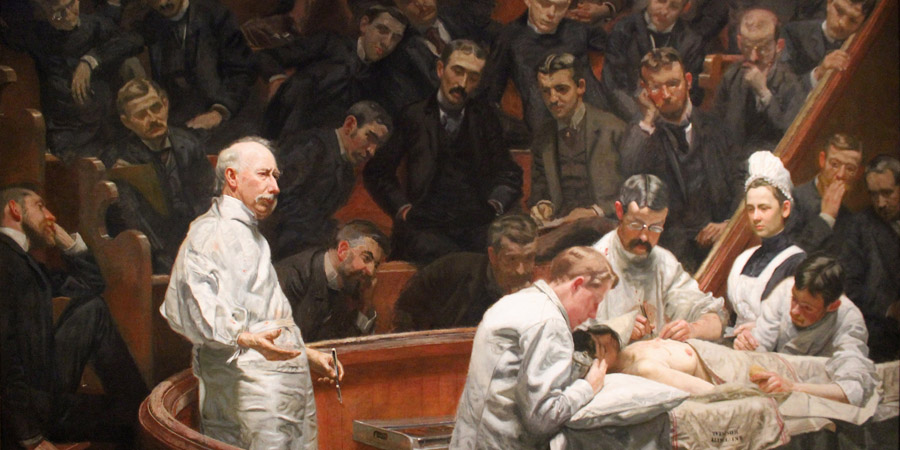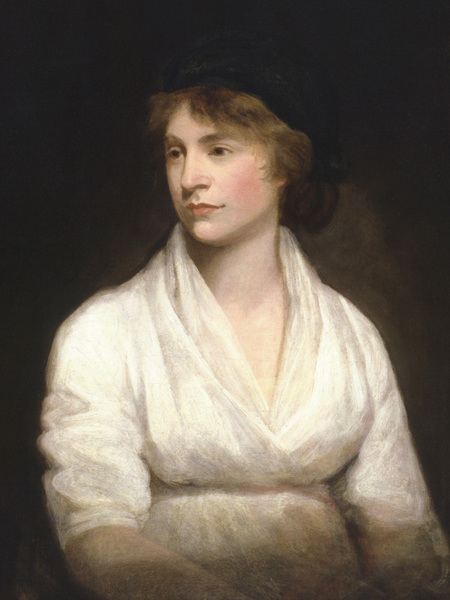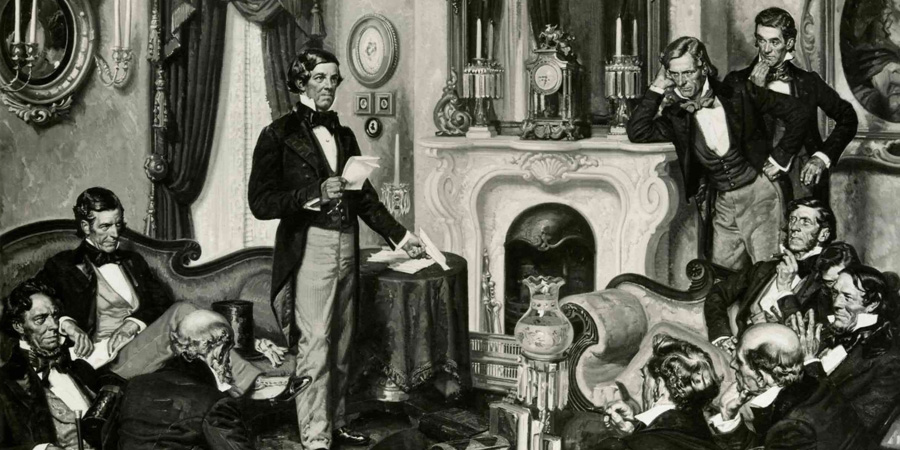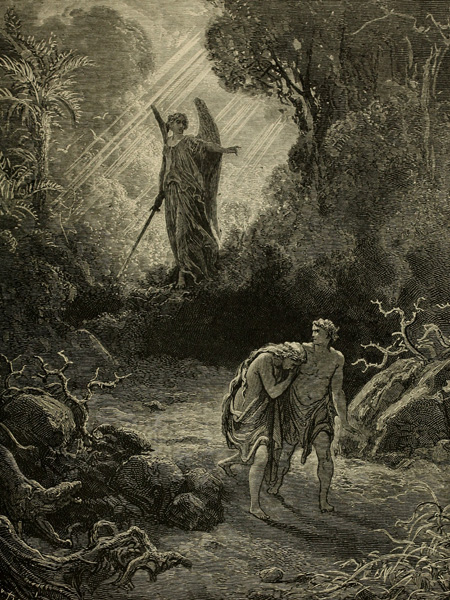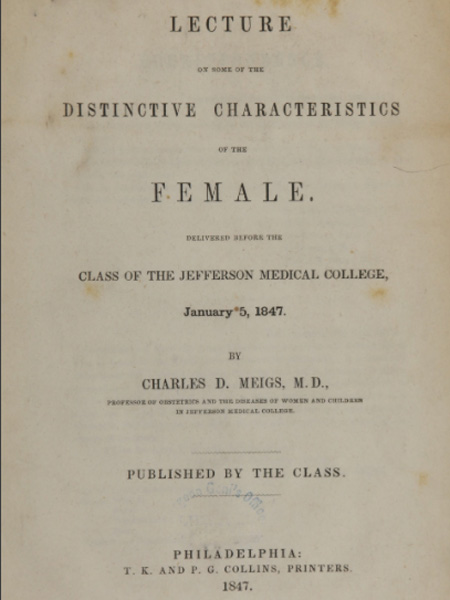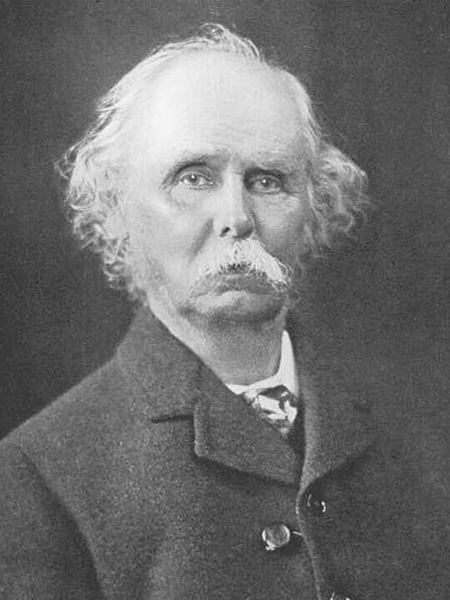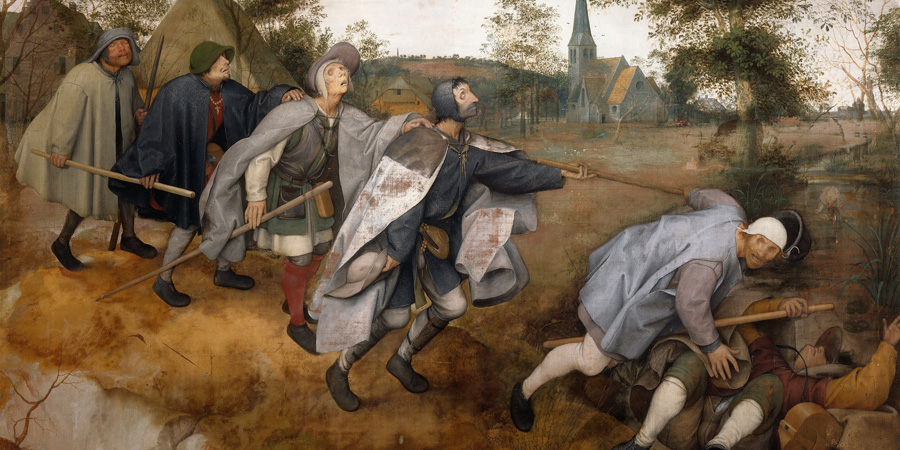
This past month, I’ve profiled four men who should have known better about the equality of women—but didn’t. Each of them had an intellectual perspective and life circumstances that should have led him to appreciate and advocate for women’s equality. Instead, however, each promulgated patriarchal, and often misogynist, views of women. These men are case studies in what I have called male pattern blindness.
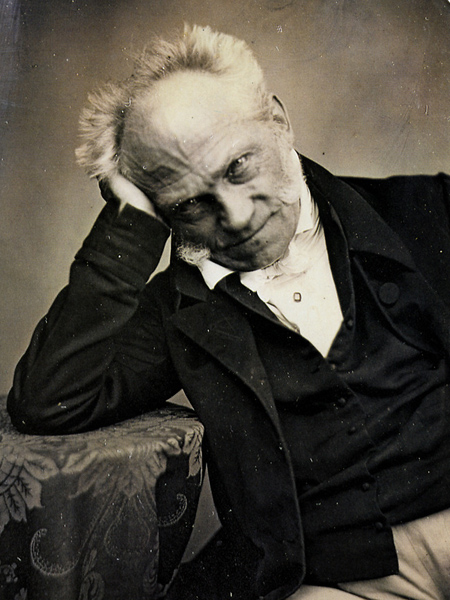
The moral philosopher Alfred Schopenhauer highlighted the role of empathy. But even the exceptionally accomplished women in his own family couldn’t break through his vicious and explicit misogyny.
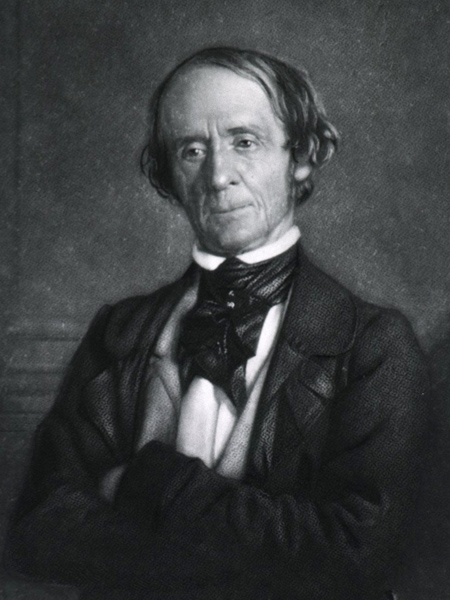
The physician Charles Meigs specialized in women’s health and obstetrics. But even his life of constant interaction with women did not open his eyes to their capability for intellectual and strategic thought.
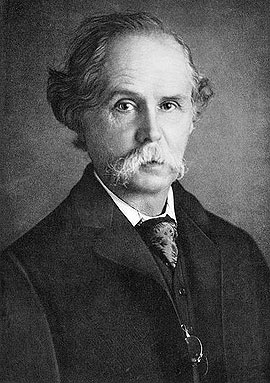
The economist Alfred Marshall wanted his work to uplift the down-trodden. But even the example of his exceptionally capable wife, the economist Mary Paley, could not convince him that women could be equal to men.
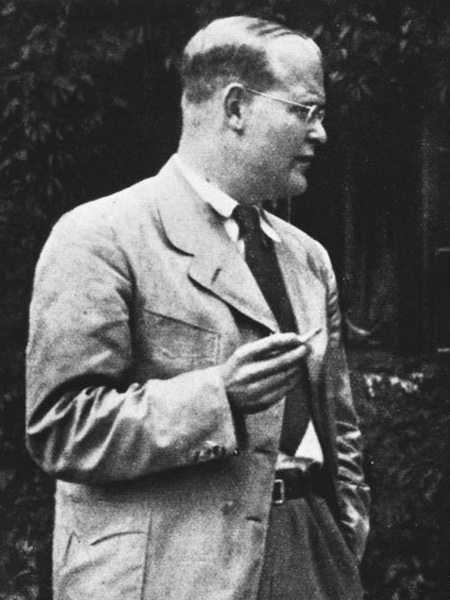
The theologian Dietrich Bonhoeffer emphasized viewing ethics from the position of the powerless and oppressed. But even this “view from below” couldn’t open him up to see beyond the biblical injunction that wives must be subservient to their husbands.
Each of these eminences was active during the period in which the idea of women’s equality was moving from the fringe of human consciousness to the core of thinking about social justice. Each was clearly aware that this had become an issue of central import.
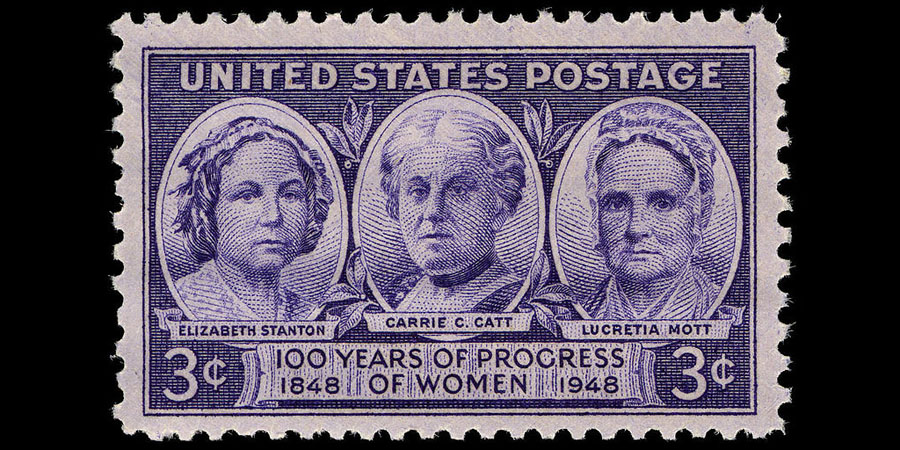
The bright thread that runs through these case studies is the inability to see a shared humanity and equality across the gender line. I started this series with a reference to Gordon Allport’s “contact hypothesis,” the notion that sustained contact between groups can decrease prejudice and conflict. Yet, not only has this effect not worked on women’s inequality, it doesn’t even seem to have occurred to sociologists to consider the contact hypothesis in the context of gender until 2016!
Schopenhauer, of course, was perniciously misogynist. But as Dr. Meigs illustrates, even those who put women on a pedestal acted from an underlying rejection of women’s intellectual and occupational aspirations. All four men knew, and even claimed to love, women of exceptional capability, yet even that was not enough to break through the cultural hegemony of patriarchy.
Admittedly, Schopenhauer was widely regarded as something of a jerk. (Friedrich Nietzsche, who called Schopenhauer his “great teacher,” noted that Schopenhauer had no known friends and “cherished his philosophy more than his fellow men.”) Meigs, Marshall, and Bonhoeffer, on the other hand, were all thought of as caring, generous, and considerate. Each wanted to make the world a better place. Nonetheless, each failed to understand how the nature and needs of 50 percent of the population would fit into that ambition.
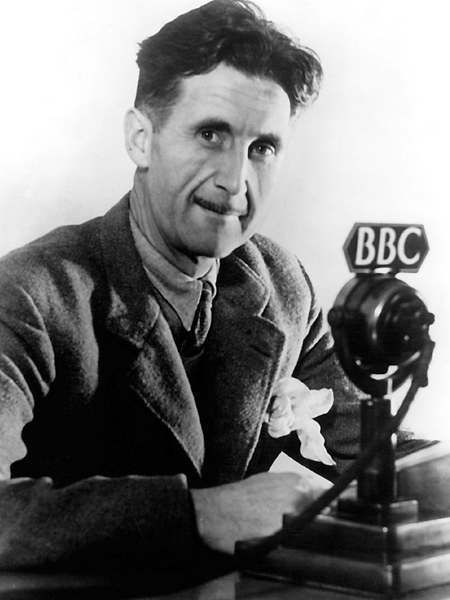
Dietrich Bonhoeffer understood the critical importance of a direct connection to other people. “We must allow,” he said, “for the fact that most people learn wisdom only by personal experience.” But here, a bit of George Orwell’s wisdom is relevant: “to see what is in front of one’s nose needs a constant struggle.”
Despite the resistance of these prominent men and so many others, the women’s movement began to succeed in changing attitudes and institutions. Still, as our current pandemic has vividly demonstrated, many areas of inequality remain. The same forces of culture and condescension that constrained the views of brilliant men like Schopenhauer, Meigs, Marshall, and Bonhoeffer continue to shape our norms and institutions. My hope is that reflecting on their failures can help us address our own. Until we get better at exposing, acknowledging, and confronting these social forces, both women and men will suffer the effects of our patriarchal legacy.
Moral: Seeing women as equal is the starting point for getting to social justice, rather than the other way round.
Posts in this series on Male Pattern Blindness:
Overview
1. Arthur Schopenhauer, a philosopher of morality and misogyny
2. Charles Meigs, a prominent physician for women and proponent of their subjugation
3. Alfred Marshall, a rationalist economist who rationalized patriarchy
4. Dietrich Bonhoeffer, a theologian who argued for social justice and women’s subservience
 Four Men Who Should Have Known Better:
Four Men Who Should Have Known Better: 